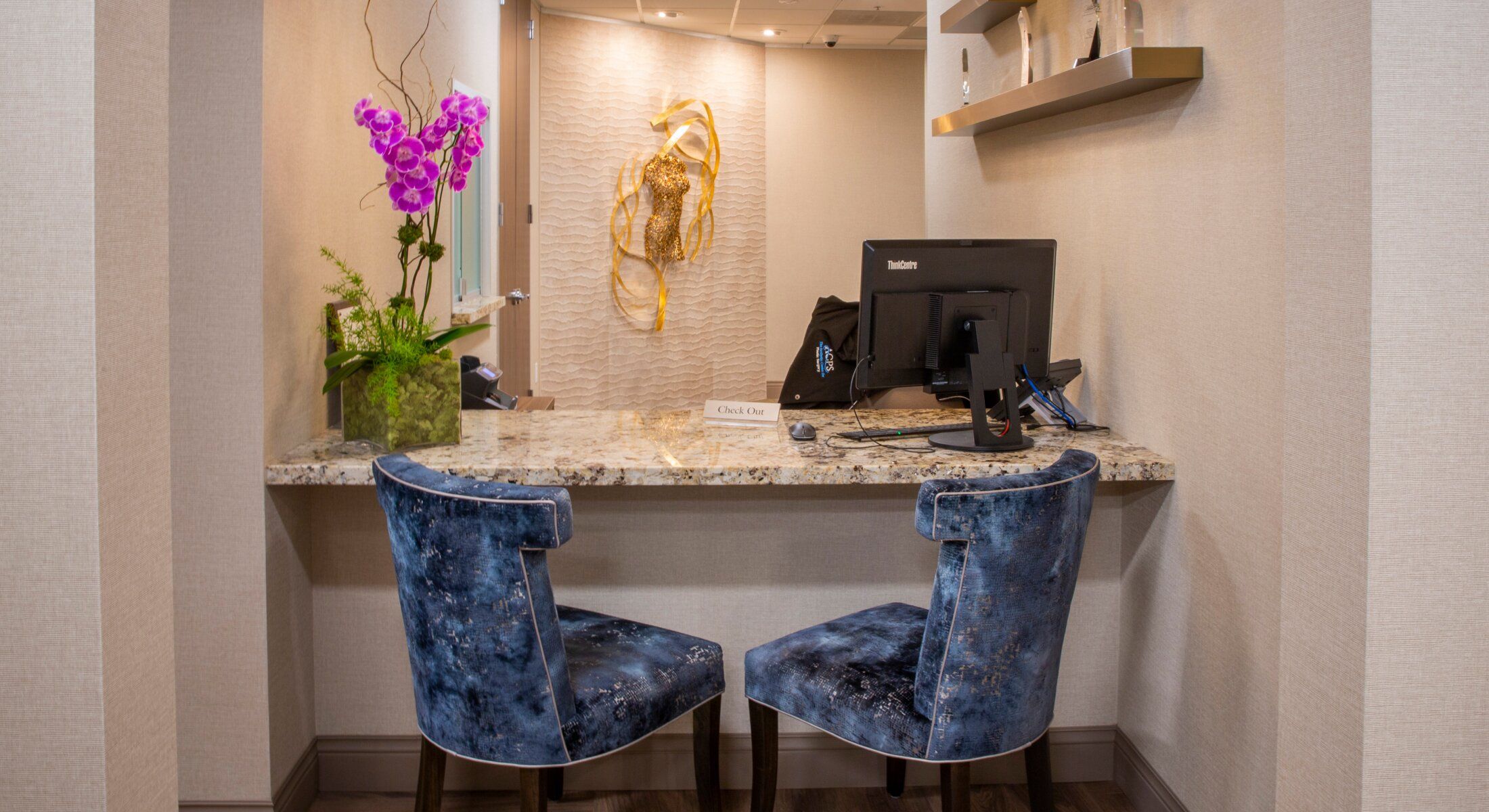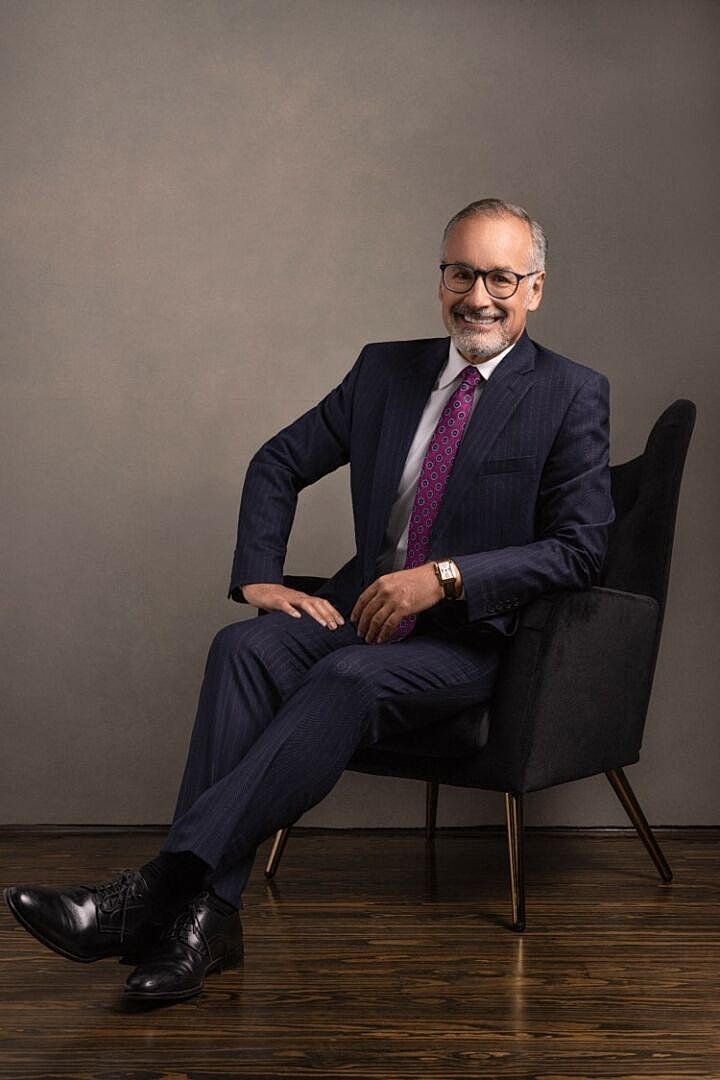




Dr. Paul Fortes is an aesthetic plastic surgeon that has developed a very strong reputation while working in his private practice, Paul F. Fortes MD Plastic Surgery, for the last 22 years. Specializing in liposuction and body contouring, Dr. Fortes works with each individual patient to develop the perfect plan and procedure through aesthetic surgery.
Dr. Fortes has had an extensive background of education and training, culminating in plastic surgery training at the prestigious Northwest University Medical Center in Chicago, Illinois. He also trained in general surgery at Baylor University Medical Center in Dallas, earned his medical degree at Baylor College of Medicine, and completed his undergraduate studies at Rice University in Houston. Dr. Fortes has retained various connections with international leaders in his field over the years, and always seeks to expand on his knowledge and expertise to deliver the best experience possible in his practice.
A jack of all trades, Dr. Fortes offers a variety of different aesthetic surgery options, as well as non-surgical and minimally invasive procedures. The following are all conducted by Dr. Fortes at Paul F. Fortes MD Plastic Surgery:
Outside of his practice, Dr. Fortes spends his time playing classical piano, drawing, doing photography, and supporting the arts community in Houston. He also volunteers and supports organizations that benefit animal welfare. An avid foodie, Dr. Fortes enjoys partaking in Houston’s immensely diverse restaurant and culture scene with his close circle of friends.
Haute Beauty interviewed Dr. Paul F. Fortes to discuss Liposuction and its benefits for appearance and general health.
Haute Beauty: What is Liposuction and what does this procedure offer?
Dr. Paul F Fortes: Liposuction is a surgical procedure that removes subcutaneous fat from a desired area of the body. Excess fat can cause the body to lose its proportionate shape in certain areas, and liposuction helps to improve the contour and shape of the treated area. The procedure is most successful in areas of the body where overlying skin is relatively firm, and therefore capable of shrinking after fat is removed.
Both major and minor volumes of fat removal can be operated on, with 5 liters or more of fat removal considered “high volume.” In these cases, patients are required to stay overnight for observation, IV hydration, and fluid management in a SurgiCenter. If over 10 liters are expected to be removed, it is generally wise to perform the liposuction in multiple stages.
Liposuction cannulas are used during the procedure to aspirate the fat. The cannulas can vary in size depending on the details of the procedure. Larger cannulas remove fat faster, but can lead to increased risk of contour depressions and irregularities.
High volume and multi-area liposuction are typically performed under general anesthesia. In contrast, “tumescent liposuction” is done by injecting fat with a numbing agent.
HB: Can Liposuction be done without a long procedure?
Dr. PFF: Local anesthesia can sometimes be used for minor “touch-up” procedures. These can even be done in a more casual, minor procedure room setting.
HB: Who is a good candidate for this procedure?
Dr. PFF: An ideal candidate for liposuction is a healthy individual that is near an ideal body weight, but has fat distribution that leads to poor body proportions. This generally leads to more firm overlying skin that can adjust to the new proportions after the liposuction procedure. Intra-abdominal or “visceral” fat deposits cannot be removed by liposuction..
HB: How does this procedure compare to others of the same nature?
Dr. PFF: There are a few different types of liposuction procedures that are very successful today. Tumescent liposuction, using topical anesthesia, has been performed since the 1980s and continues to be recognized as the most successful and most versatile body contouring operation on the market today. Power-assisted liposuction, or PAL, uses a machine that utilizes cannulas to remove fat. This helps to decrease surgeon fatigue.
A less common liposuction procedure is Ultrasonic liposuction, which uses ultrasound energy to liquify fat. Finally, there is laser liposuction, a procedure utilizing laser or light-based energy to destroy the fat before suctioning it out.
With any procedure it is important to not only consider the method being used, but the surgeon performing the procedure. All forms of liposuction use tools, but the surgeon’s expertise, experience, and qualifications are the most important aspects when considering liposuction.
HB: What does the recovery process look like?
Dr. PFF: After a liposuction procedure, the patient can expect to experience varying forms of swelling, bruising, and scar tissue.
Your surgeon will equip you with a compression garment that can be used during the first six weeks of recovery. Lymphatic massages are also recommended to help speed up the recovery process. Today, arguably the most effective method for post-surgery treatment is the use of ThermiSmooth, a radiofrequency tool.
Following surgery, most patients will see some form of immediate improvement. However, the final results can take up to six months, so it is important to stay patient and not develop unrealistic expectations. Fortunately, patients can generally get back to work within 5-7 days, and can return to full exercise between 3 and 6 weeks.
Dr. Paul F. Fortes, a distinguished, dual-board-certified plastic surgeon based in Houston, TX, offers an elite standard of care defined by a rare blend of artistic sensibility and scientific rigor. Dr. Fortes believes superior aesthetic results are never "off the rack," but are meticulously customized and individually crafted to meet each patient’s unique vision. He approaches every procedure with the precision of an artisan, ensuring the safest, most harmonious, and exquisitely detailed outcomes that stand apart from the ordinary.
Trusting your aesthetic goals to Dr. Fortes means placing your care in the hands of a provider with impeccable credentials. A graduate of Rice University (Magna Cum Laude) and an inductee of the exclusive Alpha Omega Alpha Honor Medical Society, he completed an extensive eight-year surgical residency, including three years of specialized plastic surgery training at the prestigious Northwestern Medical Center in Chicago. Recognized for over a decade as a Texas Super Doctor, Dr. Fortes affirms his position as a preeminent leader, solidifying him as THE trusted expert for those seeking truly transformative, beautiful, and enduring results.
